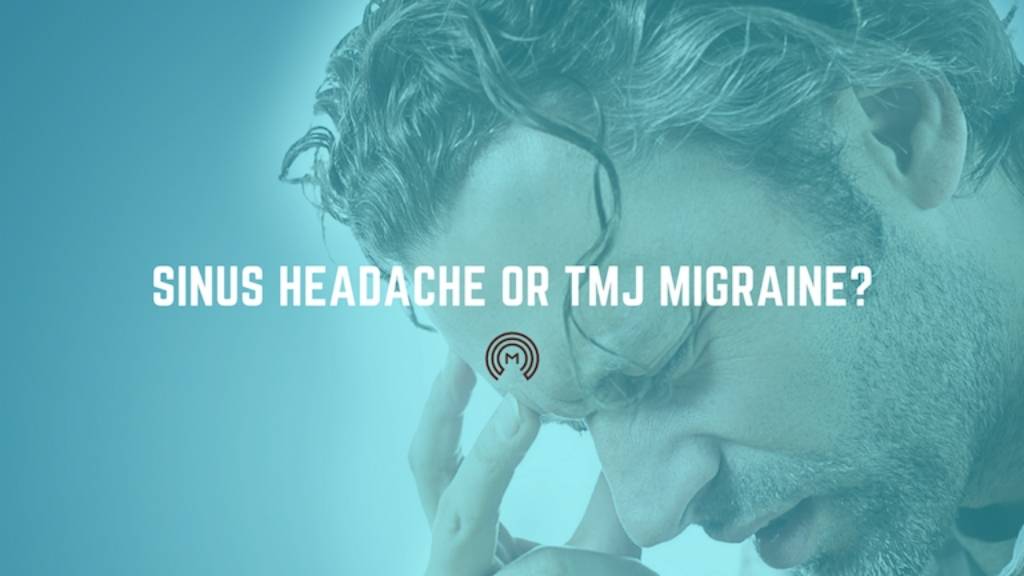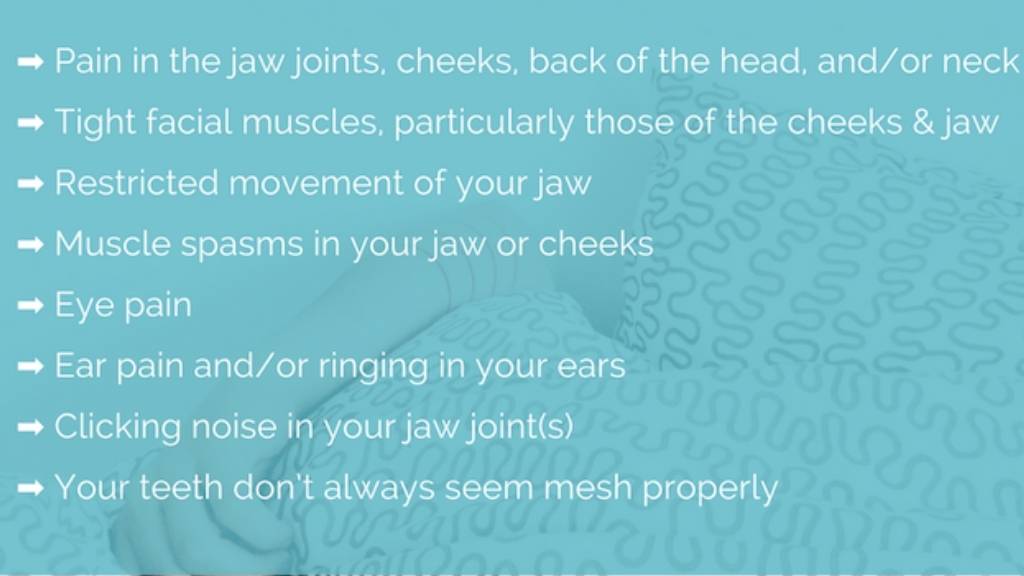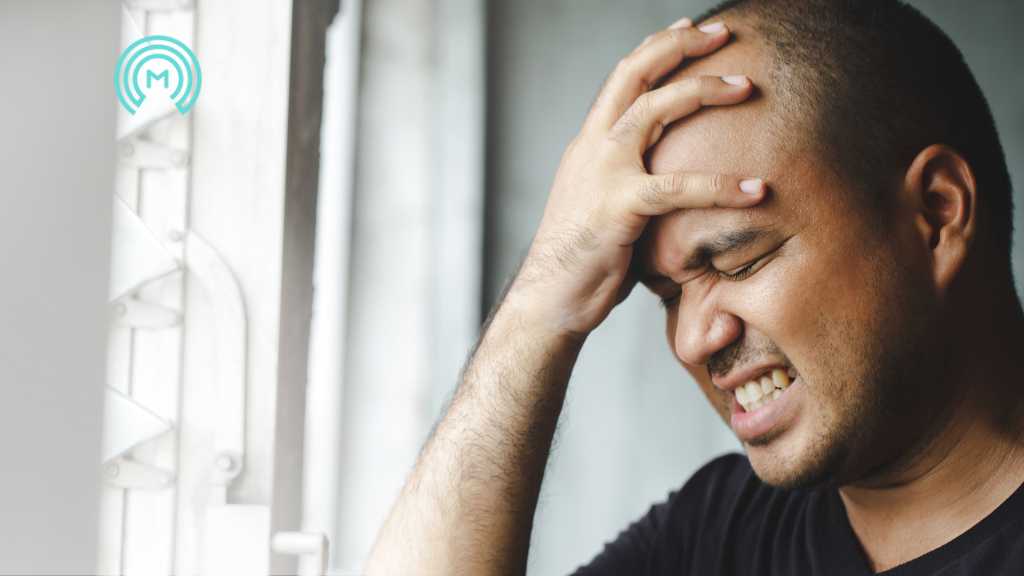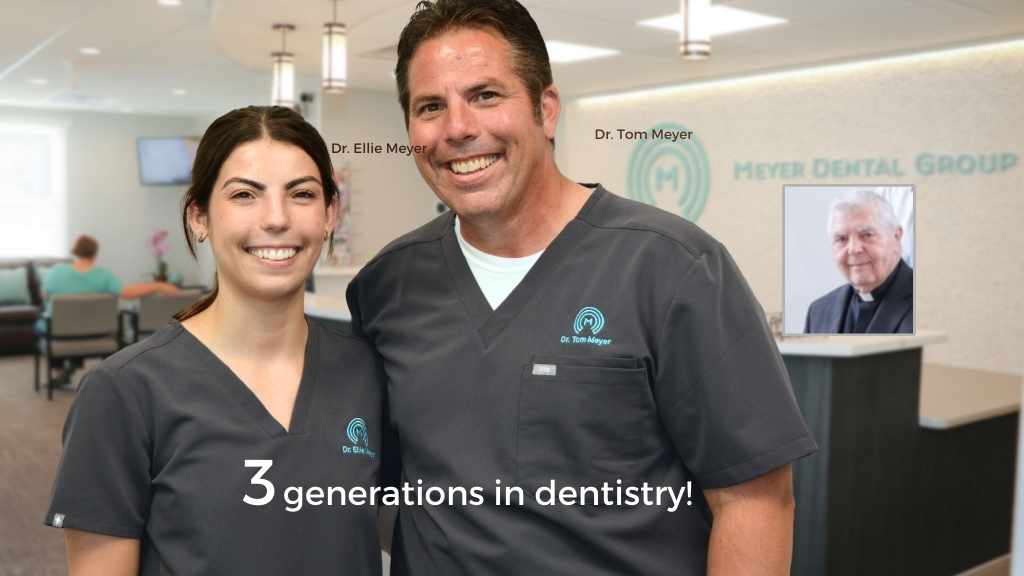
We’ve all had bad headaches from time to time. The pain can be so intense that you can’t seem to imagine anything worse.
And then you have a migraine episode that seems to take the pain to the next level. In addition to the pounding headache, your cheeks and teeth seem to ache, too.
Unfortunately, some people have headaches like this on a regular basis. They’ve tried to treat it with over-the-counter remedies, but these can just be Band-Aid solutions.
The reason for this is because painkillers aren’t treating the main source of the problem – which could be structural or mechanical.
The above symptoms – the pounding head, achy teeth, and tender cheeks – aren’t signs of a typical headache. They could be signs of a sinus headache or a TMJ migraine.
In order to successfully treat the problem, we have to identify the root cause. First we need to discern the difference between these types of head pain.
Sinus Headache vs. TMJ Migraine: Which one do you have?
Many patients with TMJ disorder, short for temporomandibular joint disorder or simply TMD, experience pain on a regular basis. The pain can be chronic and debilitating.
Some might point to this as the difference between a sinus headache and a TMJ migraine. That’s not necessarily the case though.
Sinus headaches aren’t limited to when you have a cold or sinus infection. The sinus inflammation and congestion of allergies often lead to regular headaches.
That’s why it can be so confusing for people to identify what kind of headache they’re dealing with.
Let’s take a moment to take a more in-depth look at the symptoms caused by TMJ pain versus sinus pain.
Sinus headache symptoms
- Pain in the cheeks, forehead, and brow
- A feeling of pressure or fullness along the cheeks, forehead, nose, and brow
- Stuffy, congested nose (a runny nose may or may not be present)
- Your upper teeth ache
- The pain gets worse if you lay down or lean forward
- Fatigue
TMJ headache and migraine symptoms
- Pain in the jaw joints, cheeks, forehead, back of the head, and/or neck
- Tight facial muscles, particularly those of the cheeks and jaw
- Restricted movement of your jaw – you can’t open your mouth very wide or it locks
- Muscle spasms in your jaw or cheeks
- Eye pain
- Ear pain and/or ringing in your ears
- There’s a clicking noise in your jaw joint(s)
- Your teeth don’t always seem to fit together properly
Are there similarities between the two types of headaches? Absolutely, but upon further investigation, you can start to notice some differences.
Once you know what kind of headache you’re dealing with – it’s much easier to treat.BOOK NOWWe believe that today’s dentistry should be clear, effective, and healthy.25+ Years
ExperienceCertified
DDS, MICCMO2500+
Happy PatientsMEET DR. TOM MEYER
We believe you shouldn’t have to suffer with chronic headaches

When you have a headache due to allergies, a cold, or a sinus infection, it’s best to talk to your physician. They can prescribe antibiotics for an infection and offer suggestions for dealing with your cold symptoms.
Your doctor can also prescribe an oral allergy medication, nasal spray, or allergy shots.
And what about the patients who struggle with migraines or headaches caused by a TMJ disorder?
They should see a TMJ dentist.
As a neuromuscular/TMJ dentist practicing in Chicago and Mount Prospect, my family dental practice offers a variety of treatment options for patients with headaches.
For instance, I might suggest orthodontic treatment to a patient who has a misaligned bite. When their bite is out of alignment, it puts strain on the muscles of the jaw, head, and neck. That, in turn, causes pain.
Other people find relief with orthotic devices. We even have the option to perform treatments that stimulate and relax the jaw and facial muscles.
I also make it a point to show patients what they can do at home to reduce their symptoms.
See a TMJ dentist if you suspect you suffer from TMJ migraines
A physician can help if you have certain types of headaches and migraines. However, you should see a neuromuscular dentist if you want to treat a TMJ migraine.
In many cases, I’m doctor number four or even doctor number eight in a patient’s journey of finding relief. I often hear how I am the unexpected specialist for their migraine or headache because I am a dentist.
Neuromuscular dentists have extensive knowledge of head and neck anatomy, and of what makes the teeth, jaw joint, and muscles work in harmony.
We focus on treating patients with TMJ and obstructive sleep apnea. Many of us do so while also offering family and cosmetic dental care. We have invested our resources into learning even more about how to successfully treat TMJ disorder from an interesting and valuable angle: the teeth.
When a patient with TMJ migraine of headache comes into my practice, I discuss all of their symptoms and do a thorough exam.
After studying the patient’s case, I will then develop a treatment plan that will fit their needs the best. My ultimate goal is to tackle the underlying cause of their condition, not just their symptoms.
If you have chronic headaches, don’t hesitate to see a TMJ dentist. It may very well be the solution you’ve been looking for!
Dr.Thomas Meyer, DDS, MICCMO – Dentist Mount Prospect



